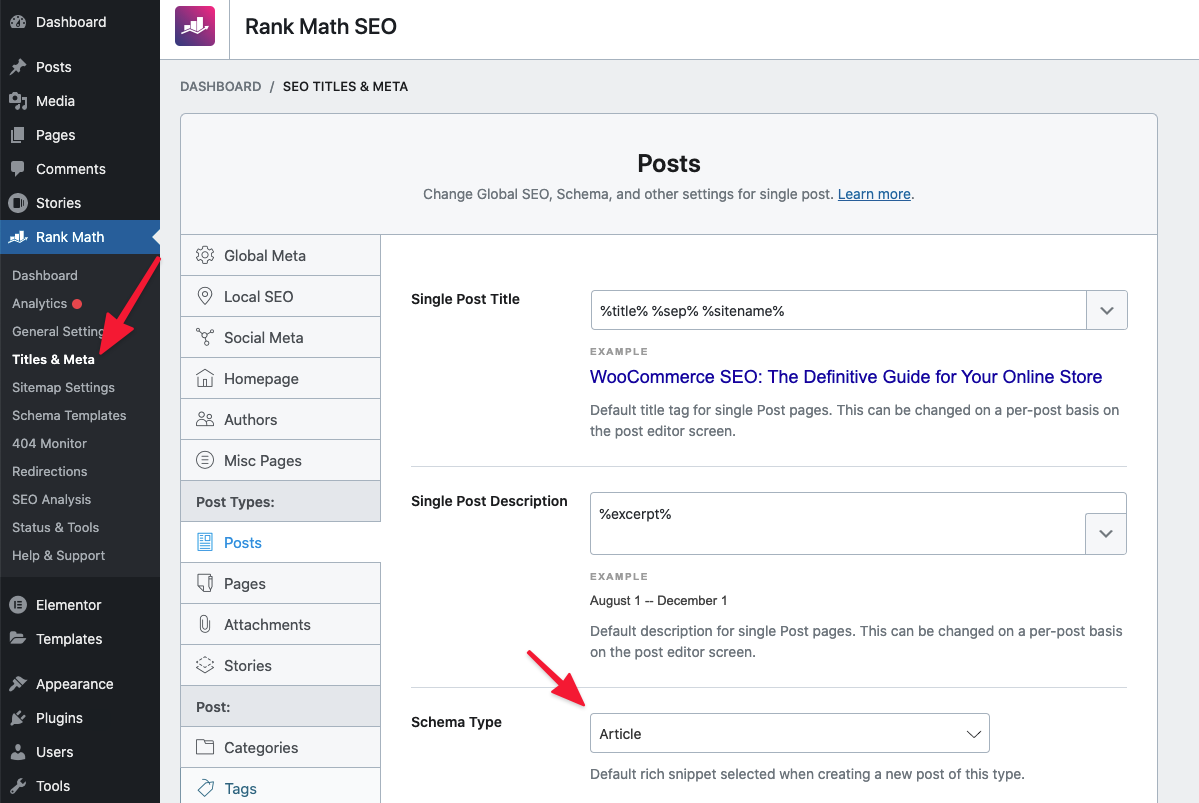In today’s digital landscape, the way search engines process and present information is rapidly evolving. The emergence of the Web of Data and Knowledge Graphs has transformed how content is discovered, understood, and ranked. For bloggers and content creators, this shift means that traditional SEO strategies alone are no longer sufficient. To stay ahead, you need to adapt your blog to align with these new technologies. This guide will walk you through the steps to prepare your blog for the Web of Data and Knowledge Graphs, ensuring your content remains visible, relevant, and valuable in an increasingly interconnected digital world.
What Is the Web of Data and Knowledge Graphs?
The Web of Data refers to a vision of the internet where data is structured and interconnected in a way that allows machines to understand and process it more effectively. It’s not just about making information available; it’s about making it machine-readable, contextually rich, and semantically meaningful.
A Knowledge Graph is a part of this ecosystem. It’s a massive database of interconnected entities—people, places, things, and concepts—that helps search engines like Google deliver more accurate, context-aware results. When you search for something on Google, the Knowledge Graph might show a box with key facts, images, and links related to your query, often sourced from multiple websites.
For bloggers, this means that your content can be recognized and indexed by these systems, increasing your chances of appearing in rich snippets, featured answers, and other high-visibility placements.
How the Web of Data and Knowledge Graphs Impact SEO Performance
The integration of the Web of Data and Knowledge Graphs into search algorithms has significant implications for SEO:
- Improved Visibility: Content that is well-structured and semantically rich is more likely to appear in rich snippets, featured answers, and Knowledge Panels.
- Enhanced Trust and Authority: Being part of the Knowledge Graph can increase your site’s perceived authority, which can positively impact rankings.
- Better User Engagement: Structured data helps search engines understand your content better, leading to more accurate and relevant traffic.
- Long-Term Relevance: As AI and semantic search become more advanced, structured content becomes even more critical for long-term visibility.
By preparing your blog for the Web of Data, you’re not just optimizing for today’s search engines—you’re future-proofing your content for the next generation of AI-driven search.
Step-by-Step Implementation Framework
1. Define or Audit the Current Situation
Before implementing any changes, take stock of your current blog structure and content. Ask yourself:
- Are your articles and pages marked up with structured data?
- Are your content types (e.g., blog posts, product reviews, news articles) clearly defined?
- Are you using schema.org markup to describe your content?
- Do you have consistent metadata across your site?
Use tools like Google Search Console, Schema Markup Validator, and Screaming Frog to audit your site’s current state.
2. Apply Tools, Methods, or Tactics
Once you’ve identified gaps, begin implementing the following:
a. Use Schema.org Markup
Implement schema.org markup for your content. This helps search engines understand the type of content you’re publishing and how it relates to other entities.
For example, if you’re writing a blog post about a recipe, use the Recipe schema to define ingredients, cooking time, and instructions.
{
"@context": "https://schema.org",
"@type": "Recipe",
"name": "Classic Chocolate Cake",
"description": "A simple and delicious chocolate cake recipe.",
"ingredients": ["flour", "sugar", "cocoa powder", "eggs"],
"instructions": "Preheat oven to 350°F. Mix ingredients and bake for 30 minutes."
}
b. Optimize for Entities
Identify key entities in your content—people, products, locations, and topics—and ensure they are clearly defined. This helps search engines map your content to the broader Knowledge Graph.
c. Add Rich Snippets
Use rich snippets to enhance your search listings. This includes adding star ratings, images, and FAQ sections to your content.
d. Implement Structured Data for Articles
If your blog features news, articles, or guides, use the Article or NewsArticle schema. Include elements like headline, author, date published, and image URLs.
3. Measure, Analyze, and Optimize
After implementation, monitor your performance using tools like:
- Google Search Console: Track how your structured data is performing.
- Google Analytics: Analyze traffic sources and user behavior.
- Ahrefs or SEMrush: Monitor keyword rankings and backlinks.
Regularly review your content to ensure it continues to meet the standards of the Web of Data. Update your schema as needed, and refine your entity mapping based on user engagement and search trends.
Real or Hypothetical Case Study
Let’s say you run a food blog called “TastyBites.” You publish recipes, cooking tips, and restaurant reviews. Initially, your content is unstructured, and you see limited traffic from Google.
You decide to implement schema.org markup for your recipes and restaurant reviews. You also add structured data to your blog posts, including author details and publication dates.
Over the next few months, you notice:
- Increased visibility in Google’s rich snippets.
- More clicks from featured answer boxes.
- Improved trust signals from users who see your content in Knowledge Panels.
As a result, your blog sees a 25% increase in organic traffic and a 15% boost in engagement.
Tools and Techniques for the Web of Data
To help you implement these strategies, here are some essential tools:
- Schema Markup Generator: Tools like Schema App allow you to generate schema code for your content.
- Google’s Structured Data Testing Tool: Test your schema markup for errors and ensure it’s properly formatted.
- Yoast SEO: A WordPress plugin that helps you add schema markup and optimize content for structured data.
- Screaming Frog: A powerful tool for crawling and auditing your website’s structured data.
- Google Search Console: Monitor how your structured data appears in search results and fix any issues.
- LXML Parser: For developers, this Python library helps parse and validate XML-based structured data.
Future Trends and AI Implications
As AI and machine learning continue to advance, the role of the Web of Data and Knowledge Graphs will only grow. Here’s what to expect:
- More Contextual Understanding: Search engines will better understand the relationships between entities, leading to more accurate and personalized results.
- Voice and Multimodal Search: With the rise of voice assistants and visual search, structured data will become even more important for content discovery.
- AI-Powered Content Creation: Tools like AI writers will rely on structured data to create more accurate and relevant content.
To stay ahead, focus on creating high-quality, well-structured content that aligns with the principles of the Web of Data. This will not only improve your SEO but also make your content more valuable to users.
Key Takeaways
- Structured data is essential for helping search engines understand and rank your content.
- Schema.org markup improves visibility in rich snippets and Knowledge Graph results.
- Entity optimization enhances trust and relevance in search results.
- Regular audits and updates ensure your content remains aligned with evolving search algorithms.
- Future-proofing your blog with the Web of Data prepares you for the next wave of AI-driven search.
Now is the time to start integrating the Web of Data into your blogging strategy. By doing so, you’ll not only improve your SEO but also position your blog as a trusted source of knowledge in the ever-expanding digital universe.
Meta Title: How to Prepare Your Blog for the Web of Data and Knowledge Graphs
Meta Description: Learn how to structure your blog for the Web of Data and Knowledge Graphs to boost visibility, trust, and engagement in search results.
SEO Tags (5): #WebOfData, #KnowledgeGraphs, #SchemaMarkup, #SEOOptimization, #StructuredData
Internal Link Suggestions:
– [Parameter #5: Schema Markup for Enhanced SEO]
– [Parameter #8: Optimizing Content for Voice Search]
– [Parameter #12: Building a Knowledge Graph for Enterprise Use]
External Source Suggestions:
– Google Structured Data Documentation
– Schema.org Website
– Yoast SEO Plugin











